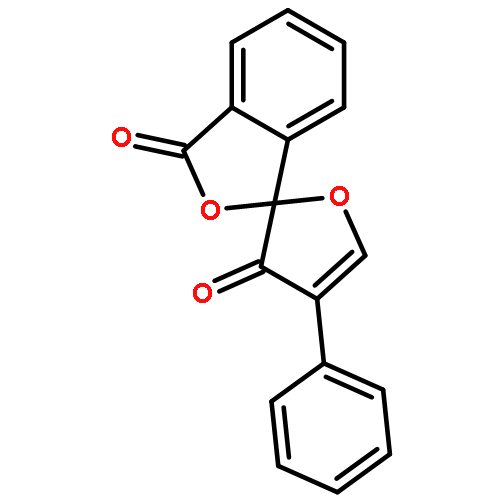Co-reporter: Jonathan Ashby, Yaokai Duan, Erik Ligans, Michael Tamsi, and Wenwan Zhong
pp: 2213
Publication Date(Web):January 14, 2015
DOI: 10.1021/ac5036814
A rapid, high throughput fluorescence assay was designed to screen interactions between proteins and nanoparticles. The assay employs fluorescamine, a primary-amine specific fluorogenic dye, to label proteins. Because fluorescamine could specifically target the surface amines on proteins, a conformational change of the protein upon interaction with nanoparticles will result in a change in fluorescence. In the present study, the assay was applied to test the interactions between a selection of proteins and nanoparticles made of polystyrene, silica, or iron oxide. The particles were also different in their hydrodynamic diameter, synthesis procedure, or surface modification. Significant labeling differences were detected when the same protein incubated with different particles. Principal component analysis (PCA) on the collected fluorescence profiles revealed clear grouping effects of the particles based on their properties. The results prove that fluorescamine labeling is capable of detecting protein–nanoparticle interactions, and the resulting fluorescence profile is sensitive to differences in nanoparticle’s physical properties. The assay can be carried out in a high-throughput manner, and is rapid with low operation cost. Thus, it is well suited for evaluating interactions between a larger number of proteins and nanoparticles. Such assessment can help to improve our understanding on the molecular basis that governs the biological behaviors of nanomaterials. It will also be useful for initial examination of the bioactivity and reproducibility of nanomaterials employed in biomedical fields.
